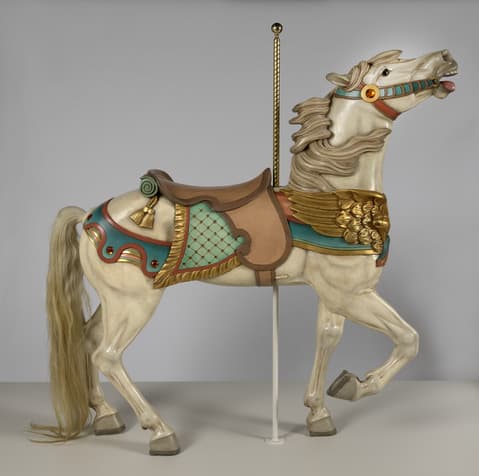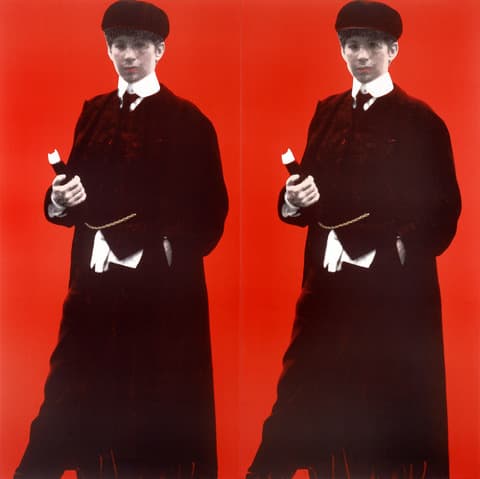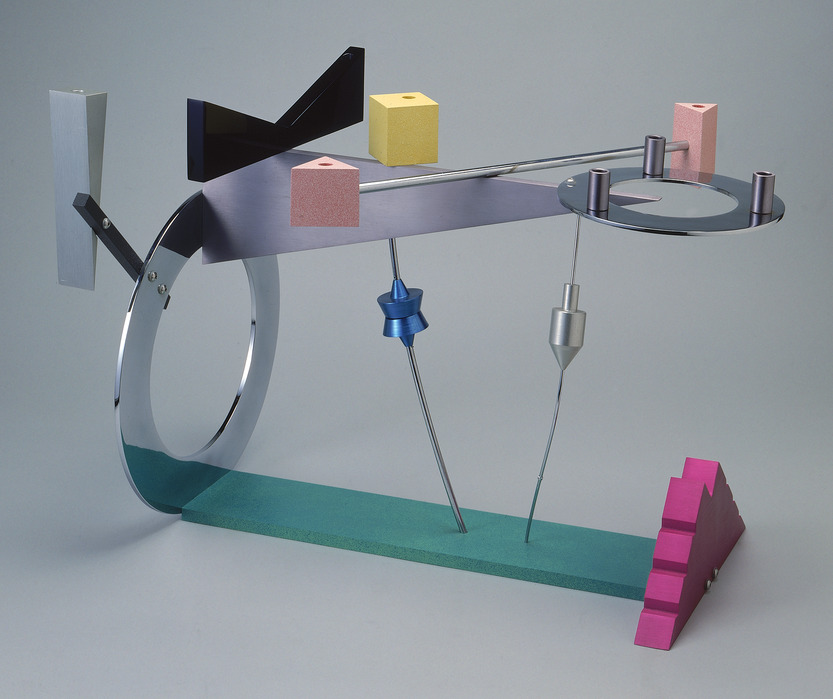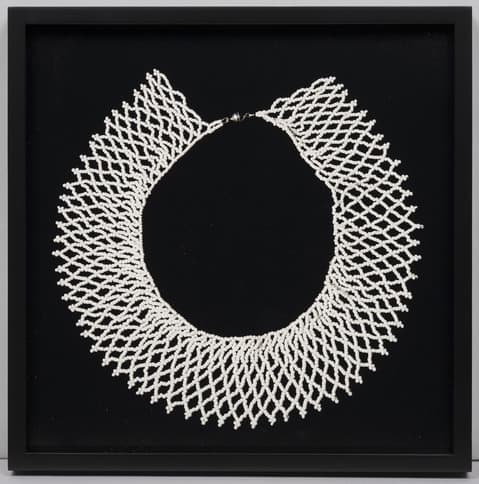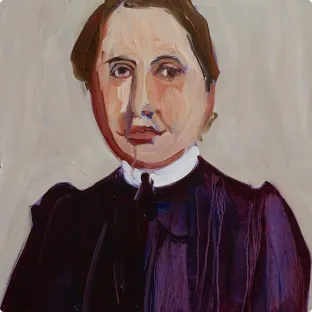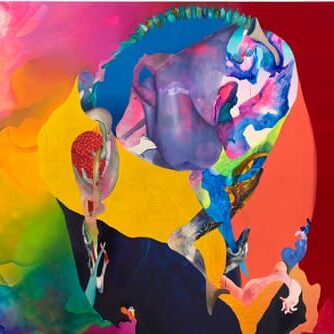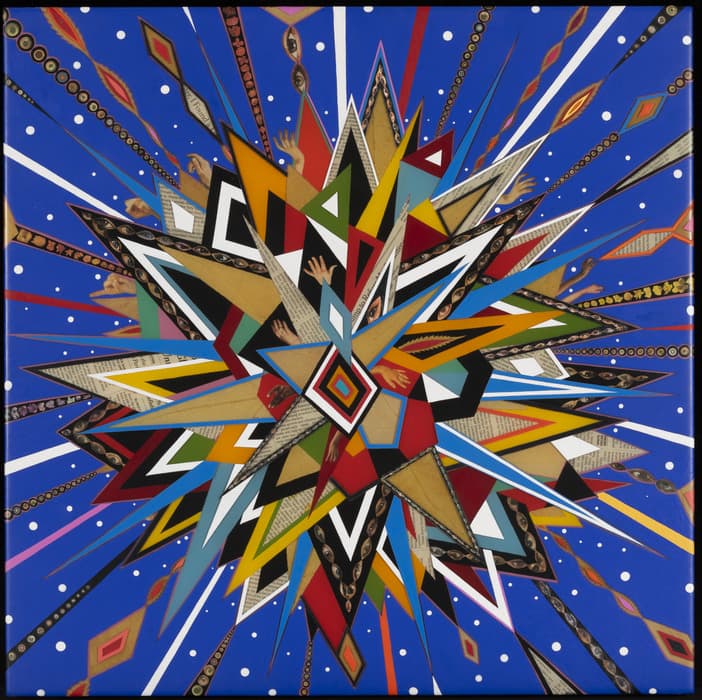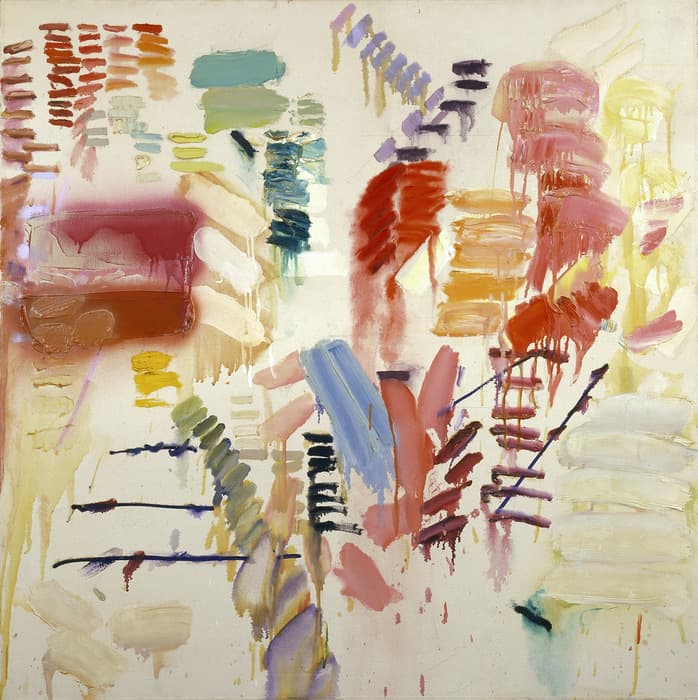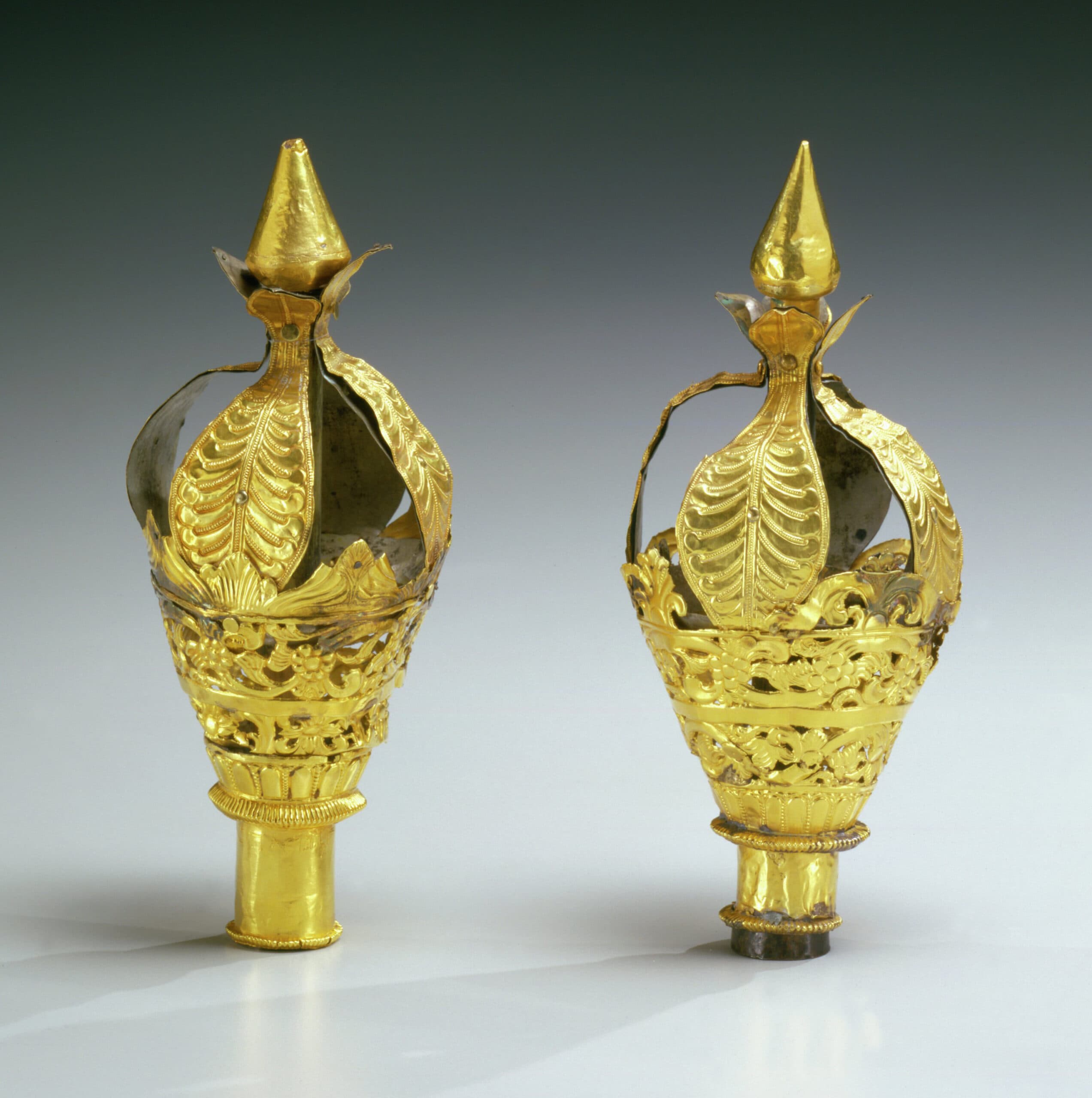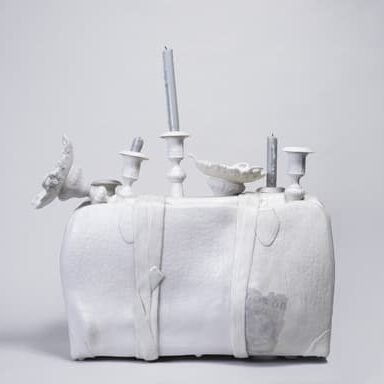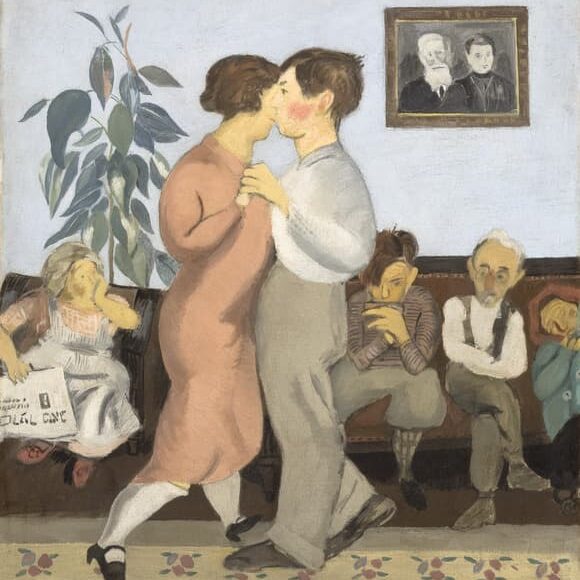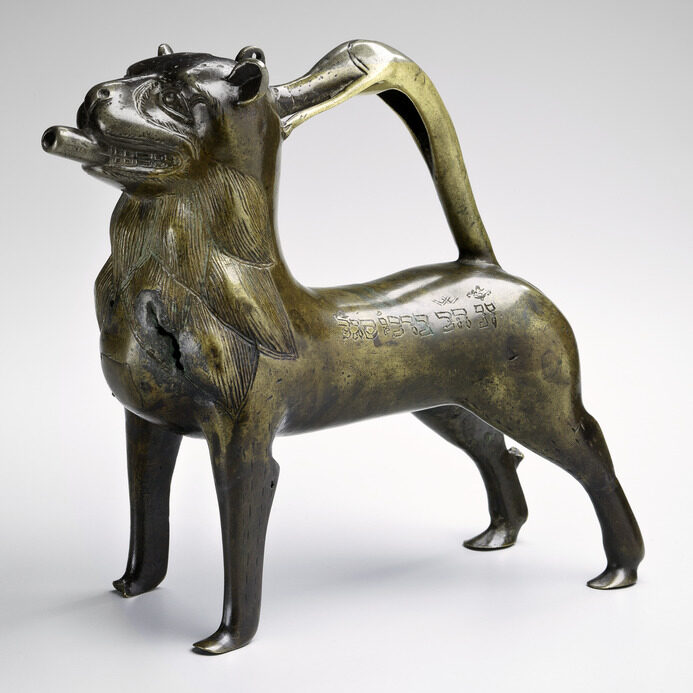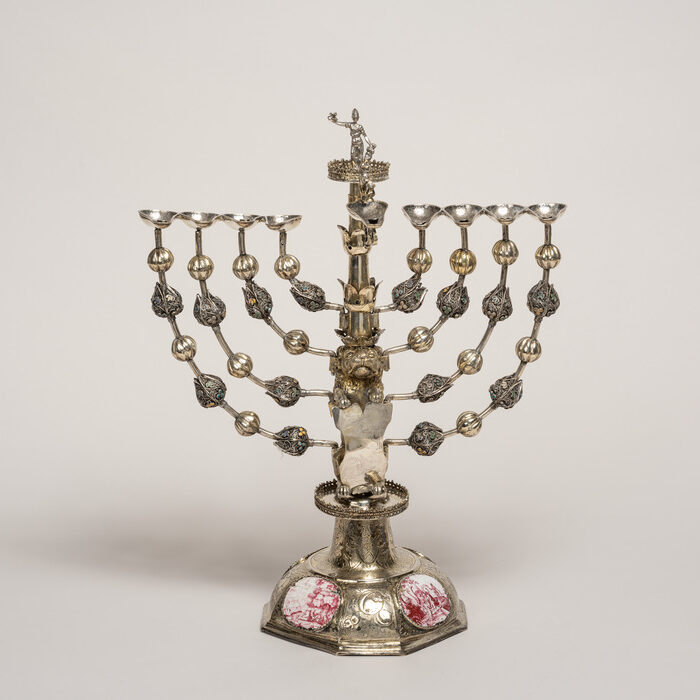Mel Bochner: Strong Language Opens May 2, 2014
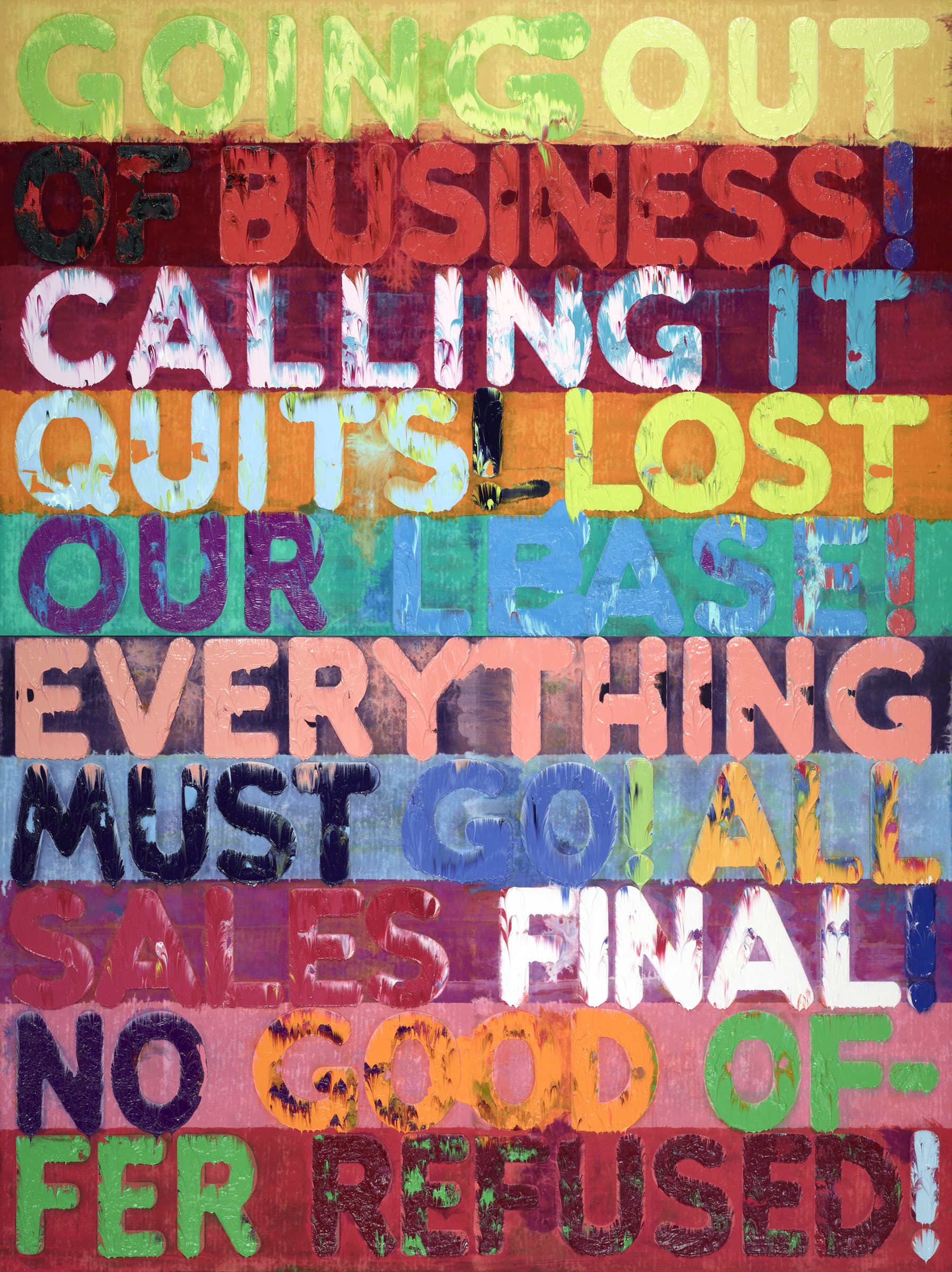
Artist’s First Major Solo Museum Exhibition in NYC Explores Text-Based Works from Early Conceptual Drawings to Recent, Large Scale Thesaurus Paintings
New York, NY – From May 2 through September 21, 2014, the Jewish Museum will present Mel Bochner: Strong Language, a survey of Bochner’s career-long fascination with the cerebral and visual associations of words. The exhibition will include over 70 text-based works. Among the highlights are his mid-1960s Portrait Drawings, never before exhibited in New York, and paintings from the last decade using synonyms derived from the latest edition of Roget’s Thesaurus. Bochner was inspired by the Thesaurus’ new permissiveness to broaden his linguistic references juxtaposing proper with vernacular, formal against vulgar, high against low.
A founding figure of the Conceptual Art movement of the 1960s, his Working Drawings and Other Visible Things on Paper Not Necessarily Meant to be Viewed as Art is considered to be the first Conceptual Art exhibition. Mel Bochner (b. 1940) emerged at a time when young artists considered painting exhausted. A pioneer in incorporating language into visual art, Bochner has taken an unusual turn toward painterly expressiveness during the past two decades. Mel Bochner: Strong Language will reveal the artist’s longstanding engagement with the possibilities of language as image, medium, and content. Visitors will be able to see a broad selection ranging from often witty early conceptual works to vibrantly colored and lushly executed recent paintings.
The use of words as a source for painting springs from Bochner’s interest in the philosophy of language on the one hand, and popular culture and humor on the other. For the artist, the thesaurus is “a warehouse for words,” a mine of readymade text for his billboard-like pictures. Using a variety of techniques—paint on canvas and velvet, drawing, printmaking, and wall installations—Bochner’s Thesaurus paintings riff on words and their meanings in countless permutations. Bochner uses word games, incongruous associations, and even slapstick to involve the viewer in deeper considerations of linguistic, psychological, and social issues.
The artist’s earlier conceptualism, built on language, philosophy, and systems of measurement and counting, was often realized in monochrome. The recent works are lush, with high-key color and sometimes with thick facture, playing pictorial approaches against literary associations. Incorporating colloquialisms, slang, and expletives, the Thesaurus paintings vividly capture the language of everyday life. As the synonyms move from left to right, top to bottom, they progress from respectable to rude. Visual and mental snares await the viewer, who must negotiate a path between the opticality of color, the materiality of paint, and the sometimes outright obscenity of language.
Within the Western philosophical tradition, Bochner has long been interested in Jewish thought, with its emphasis on text, language, and wordplay. The language he selects is often mundane, on occasion emotional, and sometimes transgressive. As in Roget, the formal, the elegant, and the crude are lumped together. Bochner captures the darker side of language using sources as disparate as websites inciting hate-speech, books such as Leo Rosten’s classic, The Joys of Yiddish, or banal shop window signage, resulting in a rhythmic flow of speech not unlike hip-hop.
Key to understanding Bochner’s language-based works is his wall piece, Language Is Not Transparent (1970). Bochner will re-create the work for The Jewish Museum exhibition, the first time it has been seen in New York since its initial 1970 exhibition at the Dwan Gallery. He first paints a black rectangle on a white gallery wall with three straight-edged sides, allowing the paint to drip along the bottom edge. Chalked on the paint is the inscription: LANGUAGE IS NOT TRANSPARENT. In the drippy background he questions the high seriousness of Abstract Expressionism while the text questions Conceptualism’s belief in the objectivity of language.
Other exhibition highlights include a group of small text-based portraits of artists and writers, made between 1966 and 1968. These exquisite works constitute Bochner’s early use of the thesaurus and, according to the artist, prompted his interest in language. Each is a set of words, drawn in ink and configured into a specific shape, and each portrays an artist of Bochner’s circle or one of his cultural heroes: Ad Reinhardt, Eva Hesse, Jasper Johns, Sol LeWitt, Robert Smithson, Dan Flavin, Donald Judd, Marcel Duchamp, and Jorge Luis Borges. Each word portrait incorporates a list of synonyms relating to the sensibilities of the sitter. The words are laid out in a shape typical of that artist’s signature works. In 2001 Bochner re-visited portraits of Eva Hesse and Robert Smithson, close friends who had died in 1970 and 1973, respectively. Rather than the earlier pithy representations, these larger charcoal drawings are elegiac memorials to deceased friends.
The work of philosopher Ludwig Wittgenstein was crucial to Bochner early in his career, in particular the concept that words can never fully represent the things they stand for. Wittgenstein’s late writings on color inspired Bochner’s suite of paintings, If the Color Changes. In these paintings the artist superimposes sentences from Wittgenstein’s text onto lively colored and patterned backdrops, meshing the original German with its English translation. It is this suite of works that led Bochner to his current brightly colored Thesaurus paintings.
Bochner’s interest in language and translation, as seen in his “Wittgenstein” paintings (1997-2001), extends to the Yiddishisms that pepper the text of several of his Thesaurus paintings including works such as Money (2005).
In his series titled Blah, Blah, Blah (2008-2012), paintings with inky blue backdrops and lush brushwork offer the repetition of that single word as a vehicle for alienated thought.
Bochner’s creamy, nearly white version of Silence! (2012) revisits a vibrantly colored 2011 work in a severely restrained palette. The close values of pale pigments make the text nearly illegible – strikingly different from the bright, raucously colored, earlier version. “Silence!” is an exclamation, and in the 2011 work was a loud command while in the 2012 painting the muted color and brushy facture have stifled its aggressive tone. This pair of works is emblematic of Bochner’s ability to recirculate and transform ideas and images so that they develop new meanings and effects, eliciting fresh responses.
The final gallery of the exhibition features two paintings in which words have vanished and only punctuation and “leetspeak,” a way of writing on the internet where letters are replaced by numbers or other symbols, remain. Colon Open Parenthesis (2011) is a hand-painted emoticon, a typed symbol of the frowny face common in text messaging, often used when words fail. Dollar Hash Exclamation Plus (2011) uses these symbols both to represent swearing and to spell out an expletive that can pass a web-based censor: $#!+. Also on view is a suite of paintings, And/If/Or/But (2006), in which these prepositions and conjunctions appear in iridescent paint that changes color as the viewer moves past them. As always, Bochner explores a wide array of meaning from the unintelligible to the hopeless, from despair to discomfort, from indifference to protest.
Mel Bochner: Strong Language is organized by Norman L. Kleeblatt, Susan and Elihu Rose Chief Curator at the Jewish Museum, with Stephen Brown, Assistant Curator. The exhibition design is by Smithsonian – Cooper Hewitt National Design Award winners, Tsao & McKown Architects.
Exhibition Catalogue
In conjunction with the exhibition, the Jewish Museum and Yale University Press are co-publishing a 144-page catalogue by Norman L. Kleeblatt with a text by Mel Bochner. Mr. Kleeblatt discusses the evolution of Bochner’s art from his early word experiments through his return to painting, while Bochner offers a personal perspective. Both Kleeblatt and Bochner address the question of Jewishness in Bochner’s work, particularly the ways in which Jewish intellectual tradition embraces language as a visual expressive form. Featuring 101 color and 11 black and white illustrations, the book will be available worldwide and at the Jewish Museum’s Cooper Shop for $45.00.
Audio Guide
Produced by the Jewish Museum in association with Acoustiguide, a random access audio guide is being created for Mel Bochner: Strong Language featuring an introduction by Claudia Gould, Helen Goldsmith Menschel Director of the Jewish Museum, with commentary from Mel Bochner; Norman Kleeblatt; Suzanne Cohen, collector and former Chair of the Baltimore Museum of Art; Jill Krause, collector; and Piera Bochner, the artist’s daughter. Available to visitors for $5.00, the audio guide is being made possible by Bloomberg.
Related Lobby Installation
The Jewish Museum’s lobby is featuring a new large-scale painting by Mel Bochner titled Blah, Blah, Blah (2014). Commissioned by the Jewish Museum, this work is the second in a series showcasing new work by artists from around the globe in its Skirball Lobby. Using Walls, Floors, and Ceilings builds on the Museum’s 1970 program called Using Walls that featured the work of 14 up-and-coming international artists of the time, including Mel Bochner. The installation is presented in conjunction with the exhibition, Mel Bochner: Strong Language, and recalls Bochner’s 1970 site-specific work for the Jewish Museum, Theory of Boundaries. Blah, Blah, Blah, a seven-panel painting on velvet, is on view from May 2 through October 12, 2014.
Related Program
On Thursday, May 15 at 6:30pm the Jewish Museum will present Mel Bochner in conversation with Norman L. Kleeblatt, Susan & Elihu Rose Chief Curator of the Jewish Museum, examining the history of Bochner’s work through the lens of Mel Bochner: Strong Language. Program tickets are free with Pay What You Wish admission – RSVP recommended.
Support
Mel Bochner: Strong Language is made possible by the Melva Bucksbaum Fund for Contemporary Art.
Leadership support is provided by the Barbara S. Horowitz Contemporary Art Fund. Generous additional support is provided by Michael Kapland and Bonnie Postel in loving memory of their parents Dr. Jack Allen and Shirley H. Kapland, Suzanne F. Cohen, Alice and Nahum Lainer, Jill and Peter Kraus, and Judith Racht and Irving Stenn, Jr.
The exhibition is supported, in part, by an award from the National Endowment for the Arts.
Press contacts
Anne Scher/Molly Kurzius/Alex Wittenberg
The Jewish Museum
212.423.3271 or [email protected]
Andrea Schwan
Andrea Schwan Inc.
917.371.5023 or [email protected]
